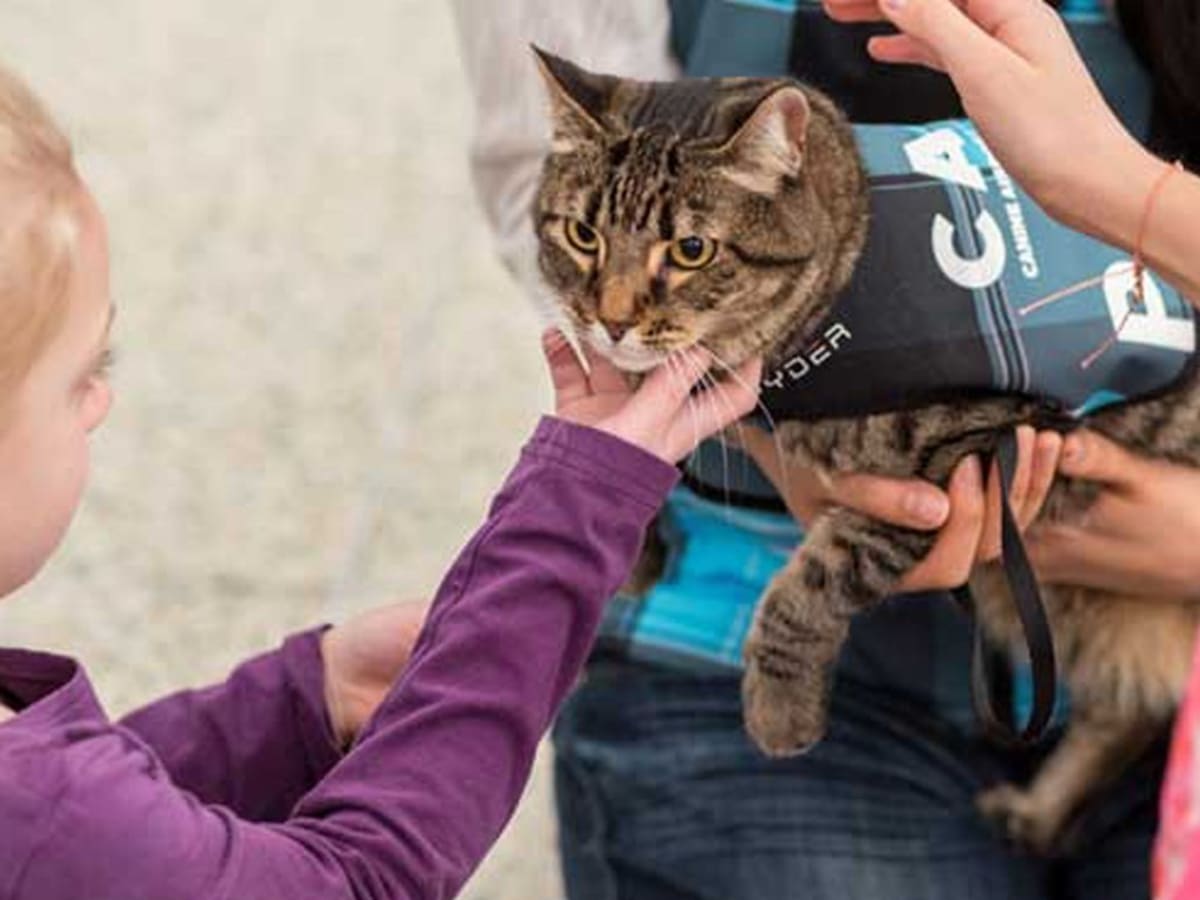The History of Animal Therapy
According to Substance Abuse and Mental Health Services Administration, "Mental health includes our emotional, psychological, and social well-being. It affects how we think, feel, and act, and helps determine how we handle stress, relate to others, and make choices." A person's mental health varies from one another, and some people have worse mental health than others. Sometimes talking to a therapist can help a person express their thoughts and what they're specifically going through during a period. Therapy options are endless and throughout the years many different forms of therapy have started to become more popular. Some types of therapy include art therapy, psychotherapy, family therapy, exposure therapy, cognitive behavioral therapy, and even animal therapy. People's mental health can improve based on the type of therapy that is chosen for them. Specifically in this blog page, we focus on animal therapy and want to display the benefits it truly has for people. According to Pdresources, "The earliest use of pet animals for therapeutic use was in Belgium in the Middle Ages, where pets and people were rehabilitated together, with pets providing a part of the natural therapy for the humans." In 1961, the first formal therapeutic work was done by Dr. Boris Levinson. Levinson was working with a mentally impaired young boy and made an “accidental discovery” involving his dog. Levinson briefly left his dog alone with the struggling boy and when he returned, he found the young boy interacting with the dog. He found that the presence of a dog during therapy sessions had a very positive effect on impaired young patients and this is what prompted his research on animal therapy.

Comments
Post a Comment